SBI slashes FY23 growth forecast from 7.5% to to 6.8% on way-below Q1 GDP numbers

Chief economist at State Bank of India has revised downward the full-year growth forecast to a low 6.8 per cent from 7.5 per cent earlier for FY2023, citing "the way below GDP numbers for the first quarter".
The National Statistical Office on Wednesday released the Q1 growth numbers which showed a consensus growth of 13.5 per cent, pulled down by the poor show of the manufacturing sector, which reported a paltry 4.8 per cent expansion in the first three months of FY23, negating the robust show by the services sector.
Consensus forecast was 15-16.7 per cent of which the RBI made the highest forecast of 16.7 per cent.
SBI group chief economic adviser Soumya Kanti Ghosh had also forecast a 15.7 per cent growth for the first quarter.
The economy from the gross value added (GVA) also fared much lower than forecast, logging in only 12.7 per cent.
At 13.5 per cent, real GDP growth has declined by 9.6 per cent sequentially, but the seasonally adjusted real GDP growth series shows pick-up in economic momentum, with higher growth at 5.6 per cent sequentially in Q1 compared to -4.1 per cent in Q1FY22 and 1.9 percent in Q4FY22, Ghosh, said in a note on Thursday.
The headline GDP numbers hide more things than these reveal and it's time to seriously introspect on the measurement of IIP and CPI baskets which were last revised in 2012, he said.
Though the GDP grew in double-digits but still it came way below the market expectations and the primary culprit is growth in manufacturing sector which grew by a measly 4.8 per cent in Q1, Ghosh said, and pencilled in sharply lower fully year growth at 6.8 per cent.
Giving a break-up of the rest of the quarters, he expects Q2 to print in at 6.9 per cent, Q3 at 4.1 per cent and the final quarter to log in a low 4 per cent taking the full year number to be 6.8 per cent.
"We are now revising our annual GDP growth for FY23 to 6.8 per cent, mostly due to a statistical adjustments, but said growth momentum likely to show an increasing momentum in second half," Ghosh said.
He had earlier projected Q1 growth of 15.7 percent.
What is more disappointing is that nominal GDP growth came in 26.7 per cent from 32.4 per cent in Q1 FY22 and 14.9 per cent in Q4FY22, led by private final consumption expenditure increasing in overall growth.
Private final consumption expenditure in real terms improved to 10 per cent, which is above the pre-pandemic level.
The gap between nominal GDP growth and real GDP growth has increased between Q2FY20 and Q1FY22 owing to higher inflation. It moderated in Q2 and Q3FY22 but increased again in the last two quarters.
The growth in deflator has increased modestly to 11.6 percent in Q1FY23 from 10.4 percent in Q4FY22.
Growth in GDP deflator for agriculture has increased further to 12.4 percent compared to 10.7 percent in Q4FY22, indicating the persistent impact of higher food prices, while industry growth deflator has increased mainly on account of mining and quarrying and electricity, gas, water supply & other utility services; and the services deflator has declined only in case of public administration, defence and other services.
He said there is a serious need for reestimating manufacturing sector growth needs in the sense that IIP is still indexed at 2012 base. The CPI basket has also not changed since 2012 and this has also possibly resulted in overstating CPI inflation at multiple times.
Citing the example of manufacturing exports, he pointed out that till pre-pandemic, IIP and manufacturing exports moved in close tandem, but they completely diverged post-pandemic.
This is because, lot of incentives were announced under the PLI scheme, which led to an exponential jump in manufacturing exports. However, he notes that on the expenditure side the picture has improved considerably as private consumption has improved on the back of good urban demand with growth of 25.9 per cent.
Urban demand is getting support from contact-intensive services while rural demand has not responded to agriculture output growth. Similarly, gross fixed capital formation grew 20.1 per cent.
He also said the much lower Q1 growth also compounds RBI's job, with rate hike trajectory in next two MPC meets trying to find a neutral ground amidst growth and inflation.
On the external front the outlook is tilted towards the negative side with real exports growing only 14.7 percent as against imports growth of 37.2 percent. Sharp jump in imports and the rupee fall have taken down the net real exports to low 8.1 percent of GDP.
Get Latest Business News, Stock Market Updates and Videos; Check your tax outgo through Income Tax Calculator and save money through our Personal Finance coverage. Check Business Breaking News Live on Zee Business Twitter and Facebook. Subscribe on YouTube.
RECOMMENDED STORIES
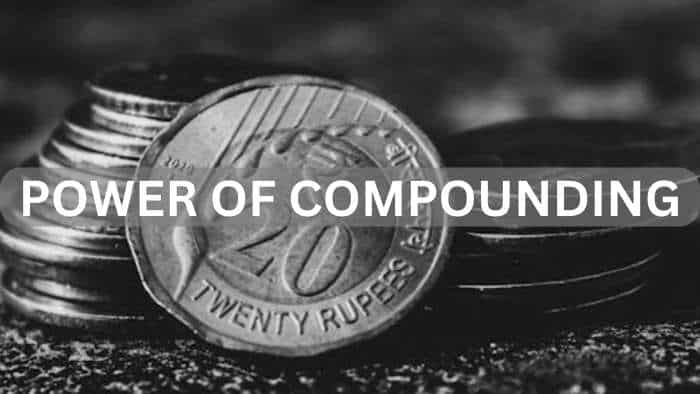
SIP Calculation at 12% Annualised Return: Rs 10,000 monthly SIP for 20 years, Rs 15,000 for 15 or Rs 20,000 for 10, which do you think works best?
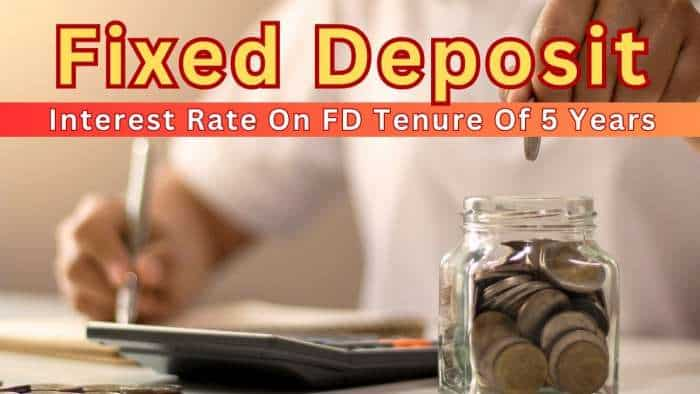
FD Rates for Rs 10 lakh investment: Compare SBI, PNB, HDFC, ICICI, and Post Office 5-year fixed deposit returns

LIC Saral Pension Plan: How much should you invest one time to get Rs 64,000 annual pension for life?
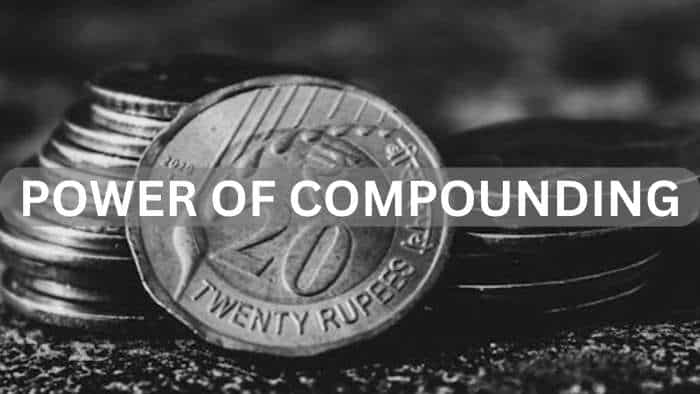
SIP Calculation at 12% Annualised Return: Rs 1,000 monthly SIP for 20 years, Rs 4,000 for 5 years or Rs 10,000 for 2 years, which do you think works best?
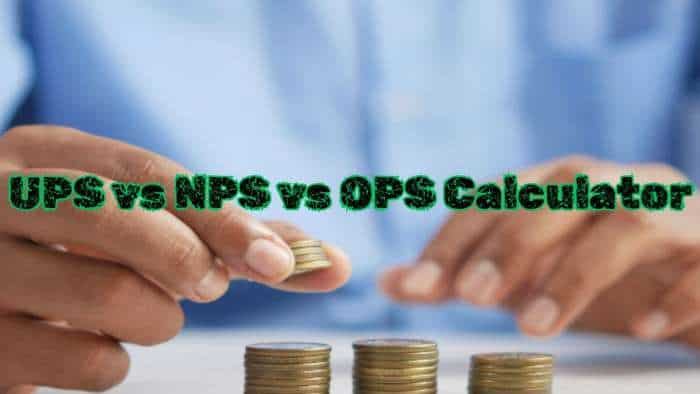
UPS vs NPS vs OPS: Last-drawn basic salary Rs 90,000 and pensionable service 27 years? What can be your monthly pension in each scheme?
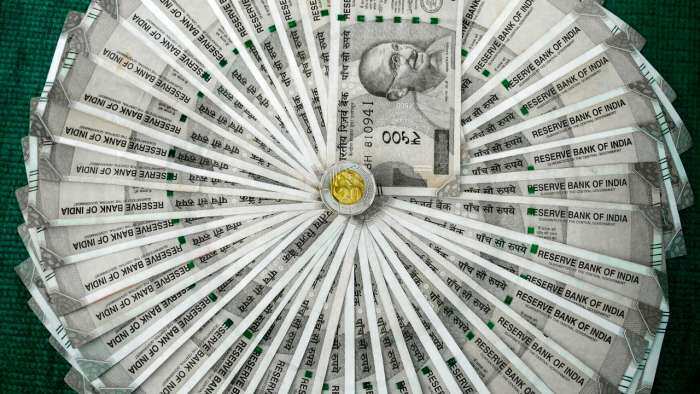
Monthly Pension Calculations: Is your basic pension Rs 26,000, Rs 38,000, or Rs 47,000? Know what can be your total pension as per latest DR rates
06:37 PM IST






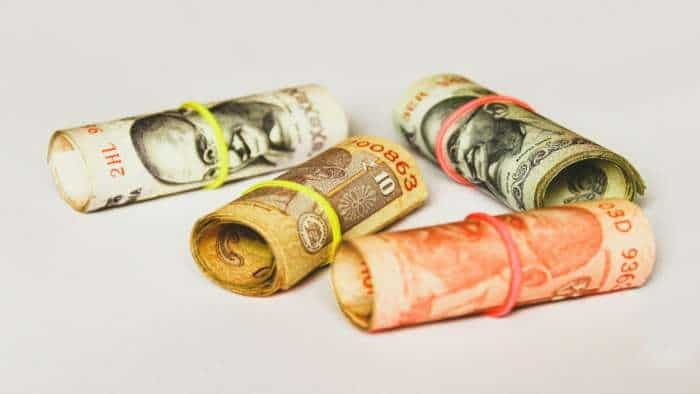


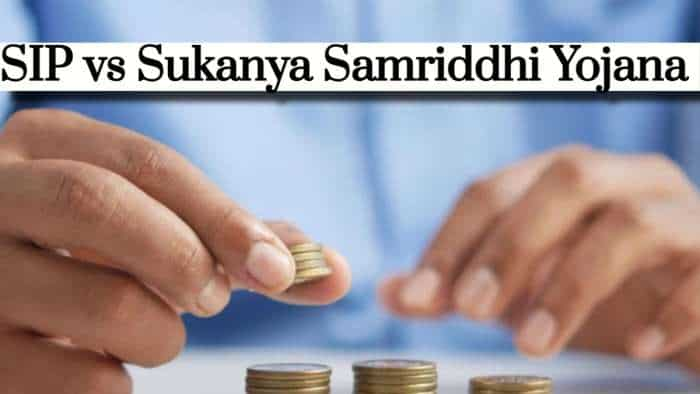

 SBI hikes lending rates under MCLR by 0.05%
SBI hikes lending rates under MCLR by 0.05%  SBI Foundation, Villgro announce Rs 6 crore portfolio for agri-tech startups
SBI Foundation, Villgro announce Rs 6 crore portfolio for agri-tech startups Deposit growth trailing credit concerns a "statistical myth" if seen since FY22: SBI Economists
Deposit growth trailing credit concerns a "statistical myth" if seen since FY22: SBI Economists Karnataka government pauses SBI, PNB deposit withdrawals for 15 days
Karnataka government pauses SBI, PNB deposit withdrawals for 15 days High-interest fixed deposit rates for general citizens offered by leading banks; from SBI to Axis Bank
High-interest fixed deposit rates for general citizens offered by leading banks; from SBI to Axis Bank